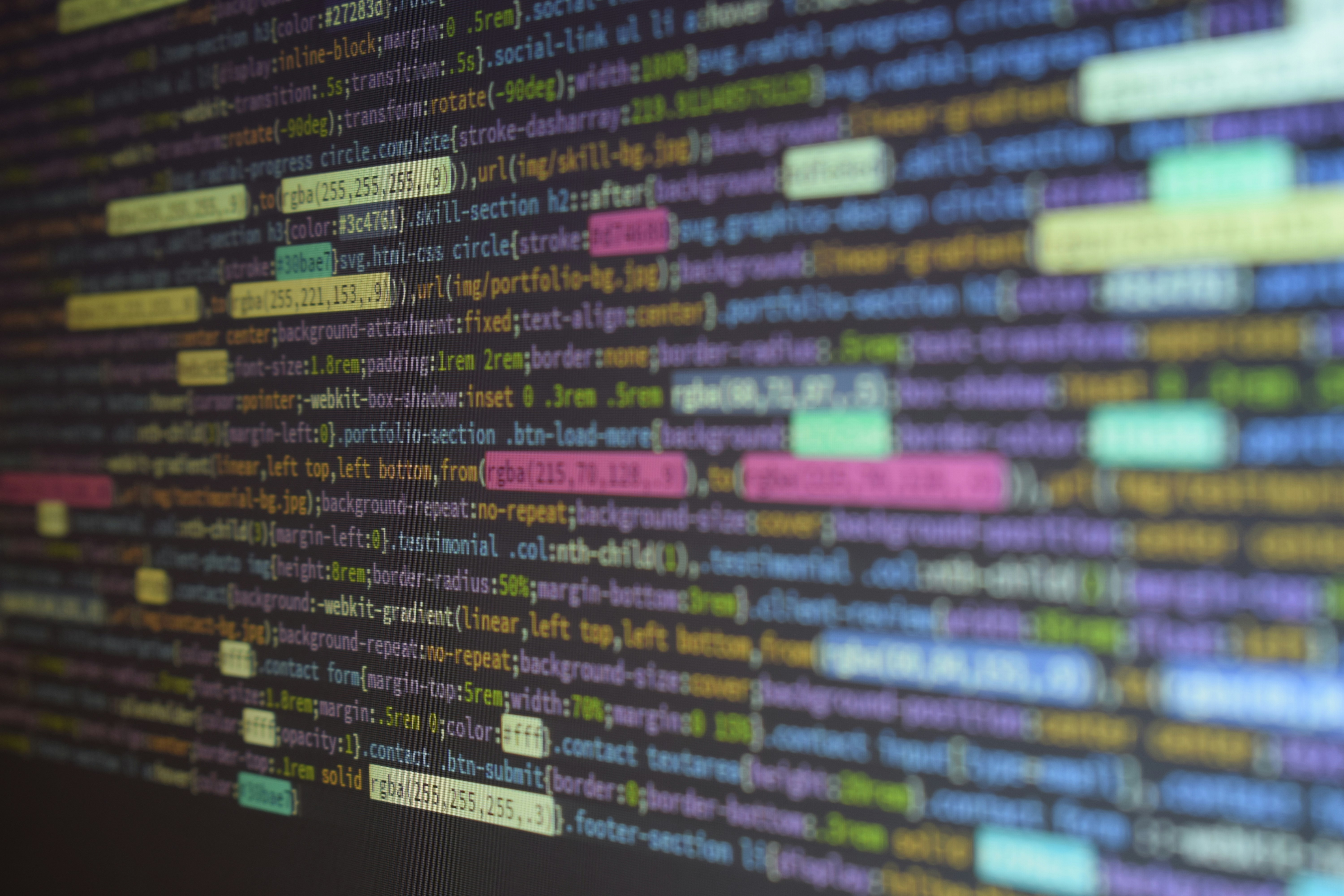
Unlock The Power Of Distributed Version Control For Seamless Code Collaboration
Every team member holds a complete copy of the project’s entire history, making collaboration seamless from any location. Team members can push updates, synchronize work with colleagues around the world, and continue their tasks without needing a constant internet connection. This arrangement enables developers to experiment with new features in separate branches, work independently, and later merge improvements together smoothly. By keeping development isolated until changes are ready, teams avoid interrupting each other’s progress and maintain a stable workflow. The flexibility to work offline and coordinate across different time zones helps teams deliver updates efficiently and maintain project momentum.
This approach suits teams spread across time zones or those collaborating from home offices. It focuses on storing code snapshots in local repositories. When you connect, you exchange updates, resolve conflicts, and maintain a seamless history. You benefit from faster operations, greater flexibility, and better conflict management.
Understanding how distributed version control works
Distributed version control (DVC) gives each developer a complete code archive on their machine. Unlike centralized systems that depend on a single server, DVC tools let anyone commit changes locally. Each clone becomes an independent hub of activity.
Tools like Git and Mercurial implement DVC. They record snapshots of files rather than just differences. You can create branches, merge, and rewind history even without internet access. This model supports quick operations and allows work to diverge and reconnect smoothly.
Key advantages for collaborating on code
- Offline Productivity: You commit, view history, and create branches even when offline.
- Full Backup: Each local copy contains a complete project history, reducing single points of failure.
- Parallel Development: Teams work in isolated branches, then merge changes without overwriting each other's work.
- Fast Operations: Local commits and diffs happen in milliseconds, improving developer flow.
- Detailed Audits: Tools track every commit, author, and timestamp for clear accountability.
These advantages help teams deliver features faster. Reports indicate that DVC users reduce merge conflicts by up to 40%. Transparency improves code reviews and speeds up feedback loops.
How to set up your workflow
- Choose a tool: Select Git or Mercurial. For cloud hosting, pick GitHub, GitLab, or Bitbucket.
- Create a repository: Run “git init” (or “hg init”) in your project folder. Set your username and email once via CLI.
- Make branches: Use “git branch feature-login” to start a new line of work. Name branches clearly to show their purpose.
- Commit changes gradually: Save small, focused updates with “git commit -m ‘Add login validation’.” Clear messages make debugging easier later.
- Push and fetch: Upload commits with “git push origin feature-login.” Download teammates’ updates using “git fetch” then “git merge.”
- Review and combine: Open a pull request on your hosting service. Ask for feedback, address comments, then merge once approved.
- Remove old branches: Delete merged branches with “git branch -d feature-login.” Keep your repository tidy.
This list helps you create a repeatable process. Automate tests on each push to catch errors early. A clear, well-documented workflow ensures consistency among contributors.
Best practices for remote teams
Set clear naming conventions for branches. For example, use “feature/username-task” or “bugfix/issue-number.” This habit removes confusion about each branch’s purpose.
Require code reviews before merging. A second pair of eyes helps catch logic errors and style issues. Schedule review times that work across different time zones. Use automated notifications to alert reviewers when new work arrives.
Use pre-commit hooks to run linters or tests locally. This step prevents common mistakes from reaching the central repository. It saves CI minutes and avoids broken builds.
Write down your workflow in a shared wiki or README. Include guidelines for branches, commit messages, and merge rules. Teams with clear documentation can onboard new members up to 30% faster, according to recent surveys.
Common issues and how to prevent them
Failing to handle merge conflicts can halt progress. Resolve conflicts early by pulling changes before starting new work. This way, you merge small differences rather than large, complicated ones.
Making large, unrelated changes in one commit complicates reviews. Break work into logical pieces. Link commits to specific tasks or tickets for easy tracking.
Using feature branches for tiny fixes can create clutter. Use short-lived branches for minor edits and merge them quickly. Keep longer branches for major features needing extensive testing.
Not syncing often causes divergence. Establish a habit: pull the main branch at least once a day. Automated reminders can help team members stay current.
Distributed version control gives teams more freedom and faster workflows. You gain independence, reliable backups, and cleaner processes. Teams working in different locations stay aligned through clear branch strategies and review routines.
Begin with a small pilot, monitor merge times and conflict rates, and refine your process using the data. When your team sees improvements, expand *DVC* to additional projects.